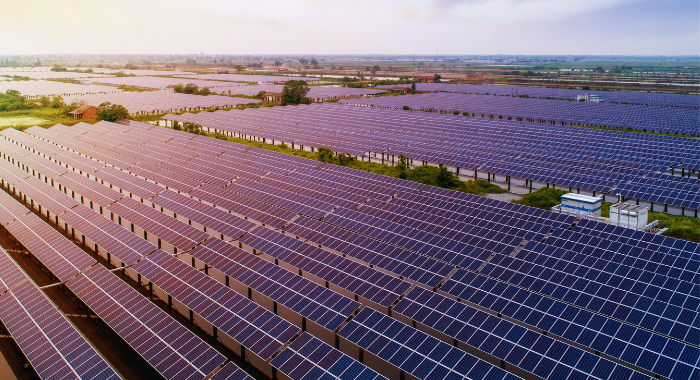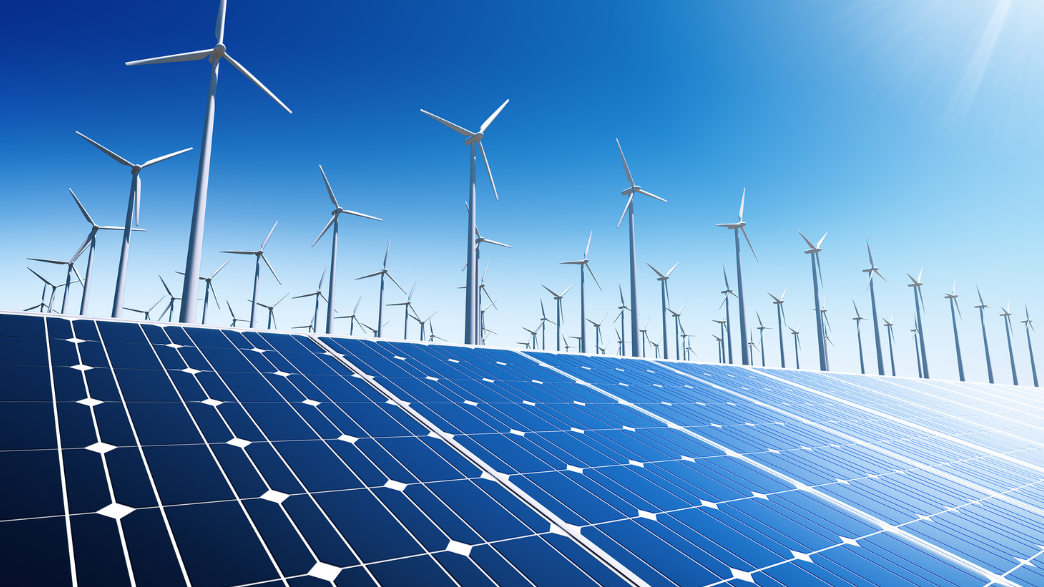Study reveals increased adoption of solar and wind energy in Brazil and decline in the use of fossil fuels. The research highlights that the Brazilian energy matrix is composed of 12% of wind energy and 3% of solar energy
Brazil has shown significant growth in the generation of wind and solar energy, allowing the country to reach, in February, the lowest rate of use of fossil fuels for electricity production in ten years, according to a study published this Thursday (18) .
According to a report by the Ember study center, which advocates the adoption of clean energy sources, the Brazilian electrical infrastructure used only 4.9% of fossil fuels in February this year, marking the first time since July 2012 that this index remains below 5%.

In the first quarter, the generation of energy from polluting sources corresponded to 5.4%, compared to 10% in the same period in the previous year, 2022. As a result, CO2 emissions in the energy sector were reduced by 29% in the same range, even with the growth in electricity production. The study also highlights that wind and solar farms, which contribute 12% and 3% respectively to the country’s energy matrix, were fundamental for this decrease in the use of polluting sources .
Brazil has an extensive hydroelectric power generation network, which, thanks to the abundance of rainfall, keeps reservoirs in ideal conditions, contributing to the reduction in the use of fossil fuels. Hydroelectric power, responsible for 63% of the country’s energy matrix, “remains the main source of energy”, as Matt Ewen, author of the study, pointed out in an interview with AFP. Despite this, over the past ten years, hydropower’s share of electricity generation has dropped from 59% in 2011 to 38% in 2021, while demand has continued to grow.
On the other hand, energy generated by wind turbines has grown by 36% since 2011, and solar energy by 26%. Together, these sources accounted for 73% of the increase in energy demand since then. For Ewen, the development of wind and solar energy will be essential if Brazil wants to further reduce dependence on fossil fuels.
Renewable energy sources will play a vital role in the future combination of power generation alongside hydropower. However, they will need to expand significantly to meet the country’s future demands.
Brazil, which will assume the leadership of the G20 in 2024, has the highest percentage of clean energy generation among the members of the group, according to another analysis by the Ember study center, based in the United Kingdom.
In 2022, 89% of Brazilian electricity was generated from clean sources. Fossil fuels, on the other hand, accounted for 11% of the total, with gas being the predominant source of this share.
This study highlights the energy transition in Brazil towards a more sustainable future, with the increasing use of renewable energy sources. The notable advance in wind and solar energy generation reinforces the country’s commitment to reducing carbon emissions and the search for cleaner and more sustainable alternatives to meet the growing demand for electricity.
Rio Poti Energia, dedicated to the design and management of solar parks in Brazil, holds the concession for two photovoltaic plants under construction in the municipalities of Altos and Campo Maior, in Piauí, totaling 10MW of installed capacity. Our company is committed to the development of sustainable and environmentally responsible generation projects, demonstrated by these power plants in Piauí, which do not emit polluting gases and have low maintenance costs. Thus, we bring savings to energy consumption contracts in public-private partnerships, confirming our commitment to a cleaner and more sustainable energy future in Brazil.

Comment